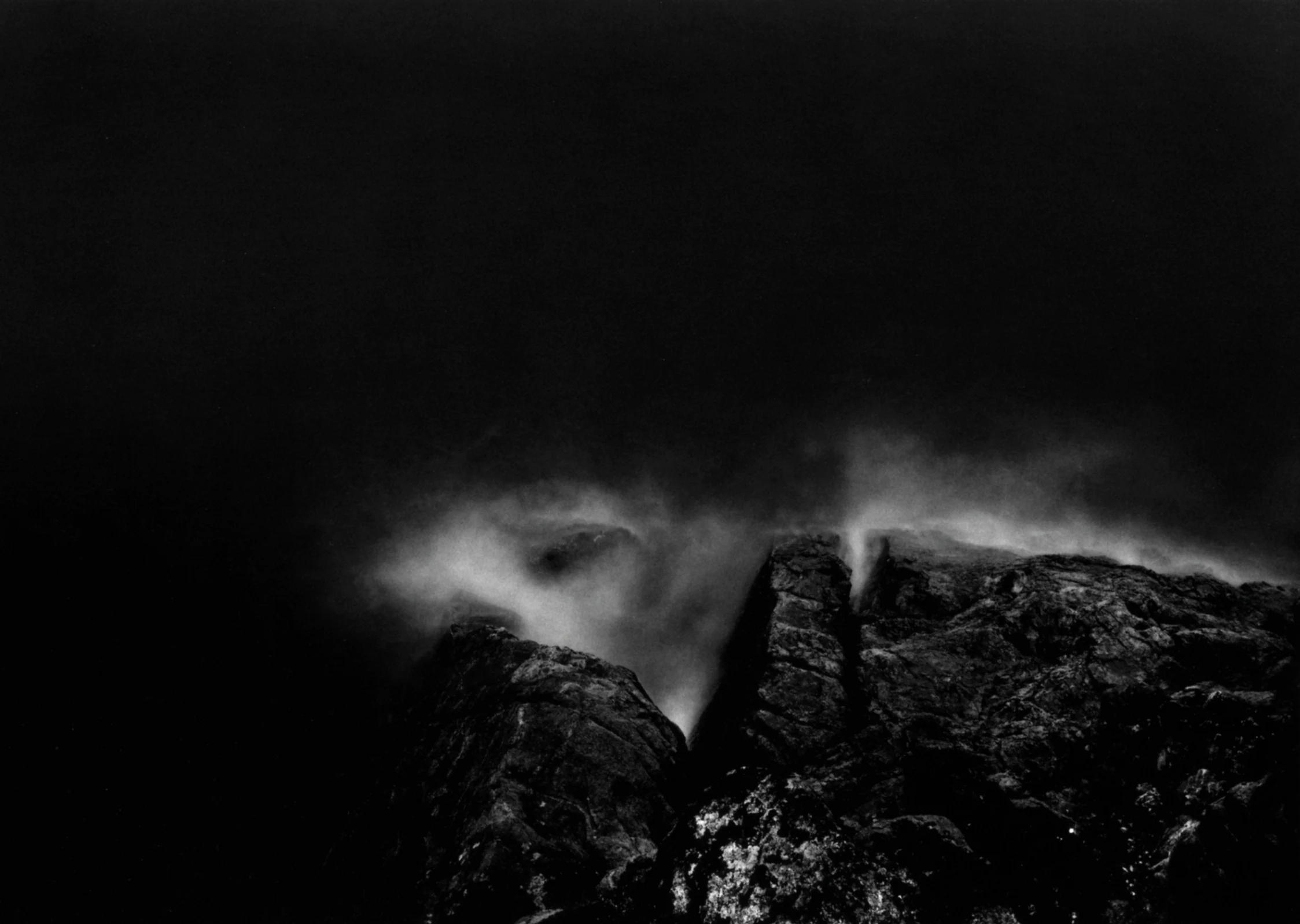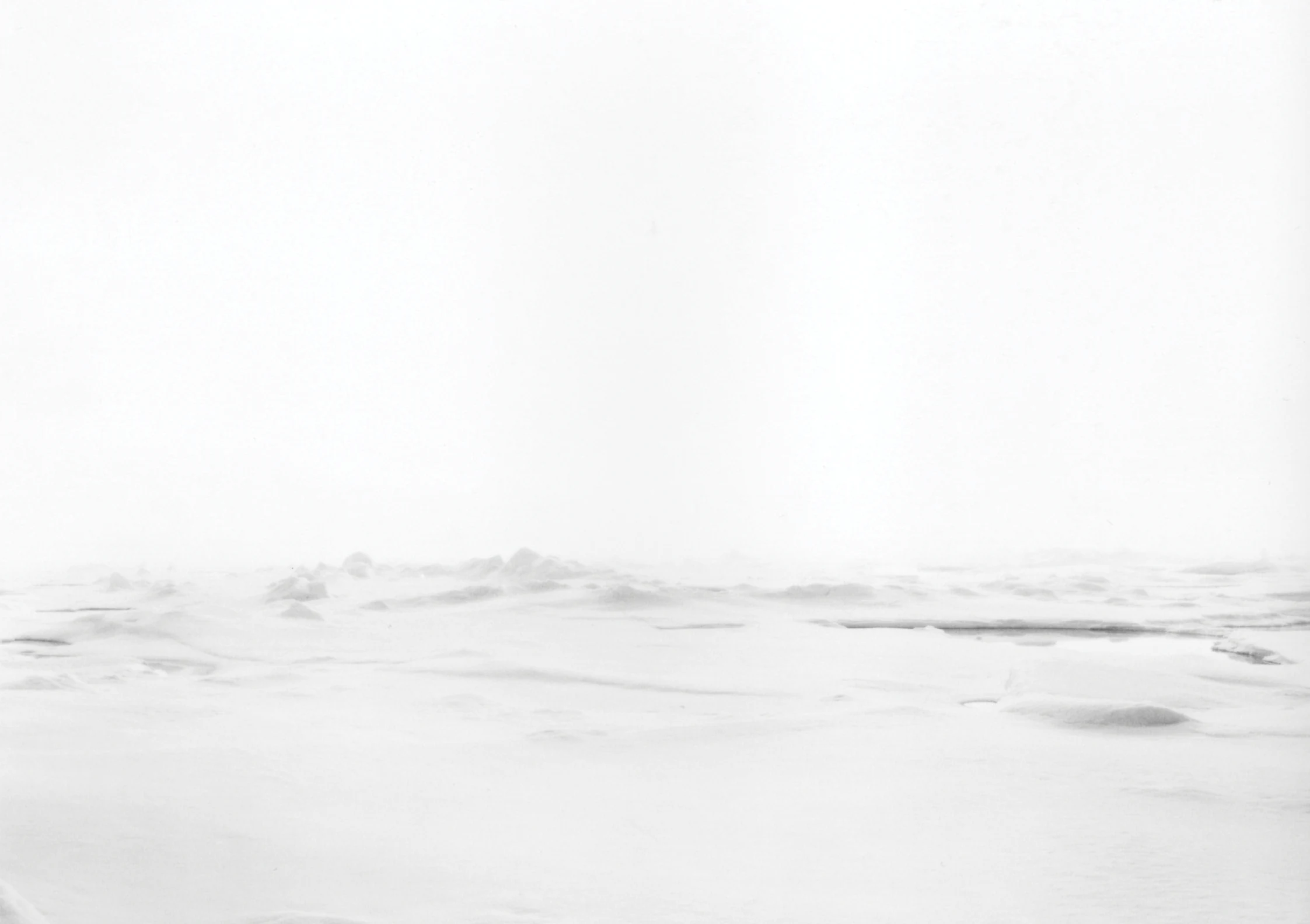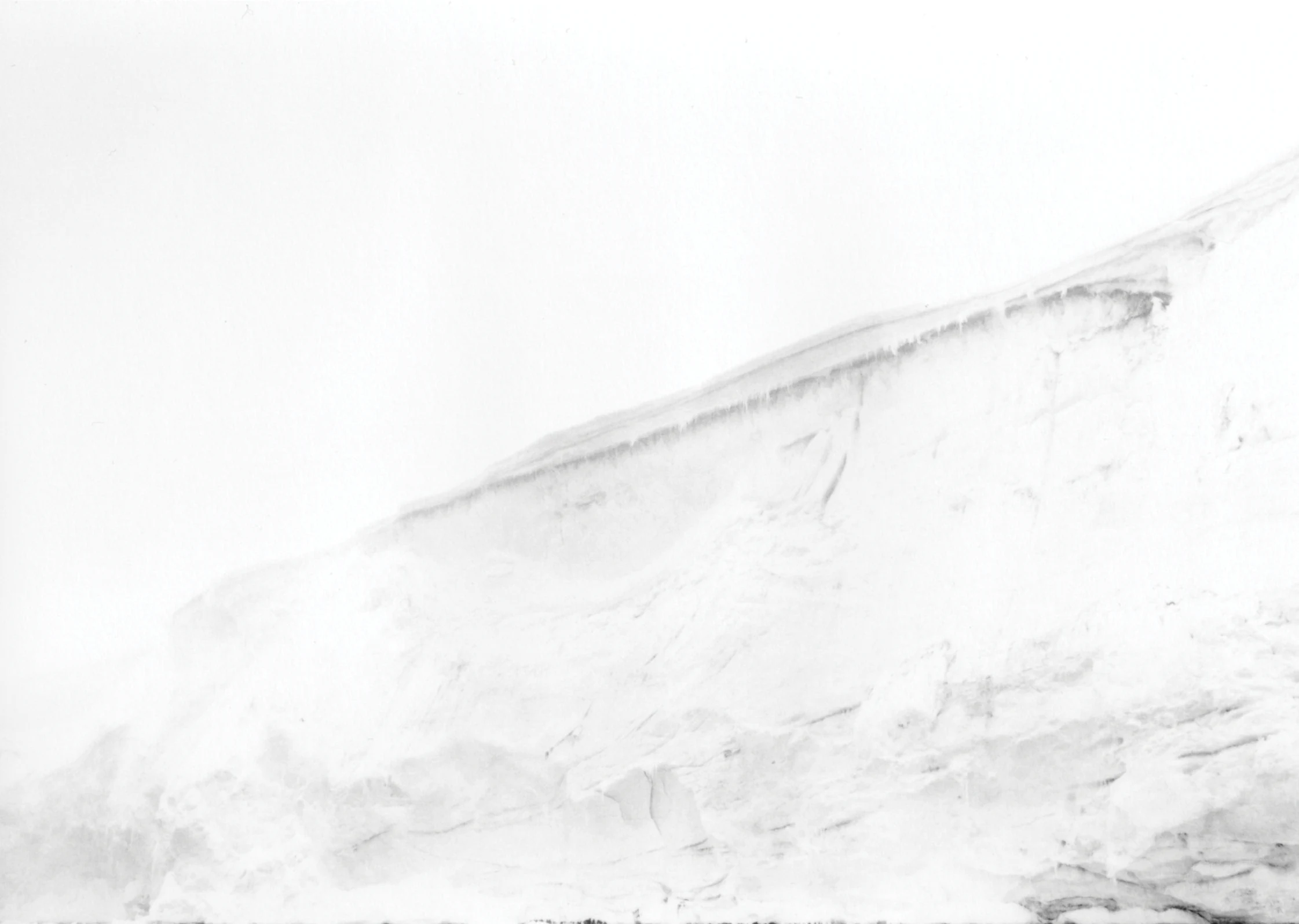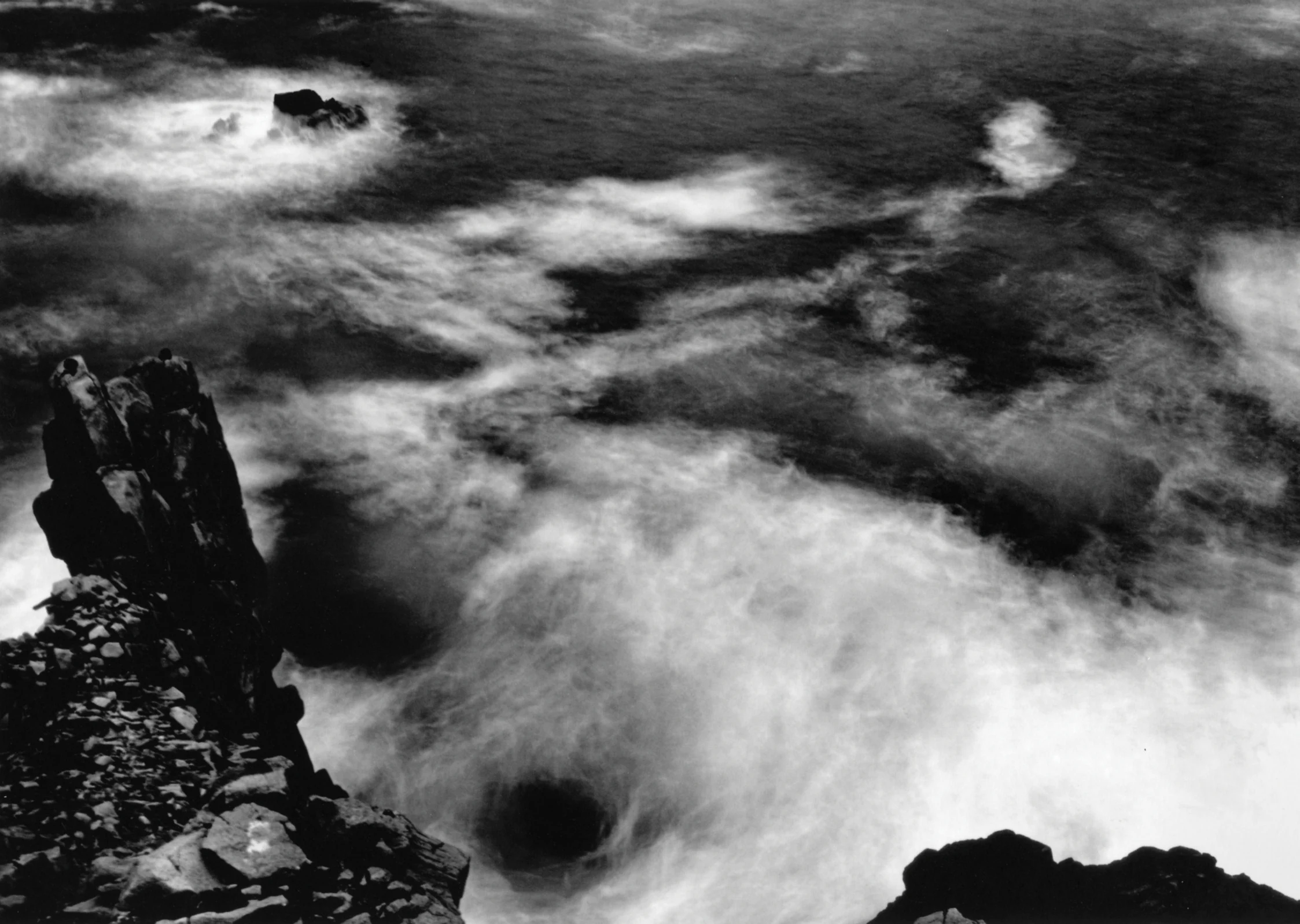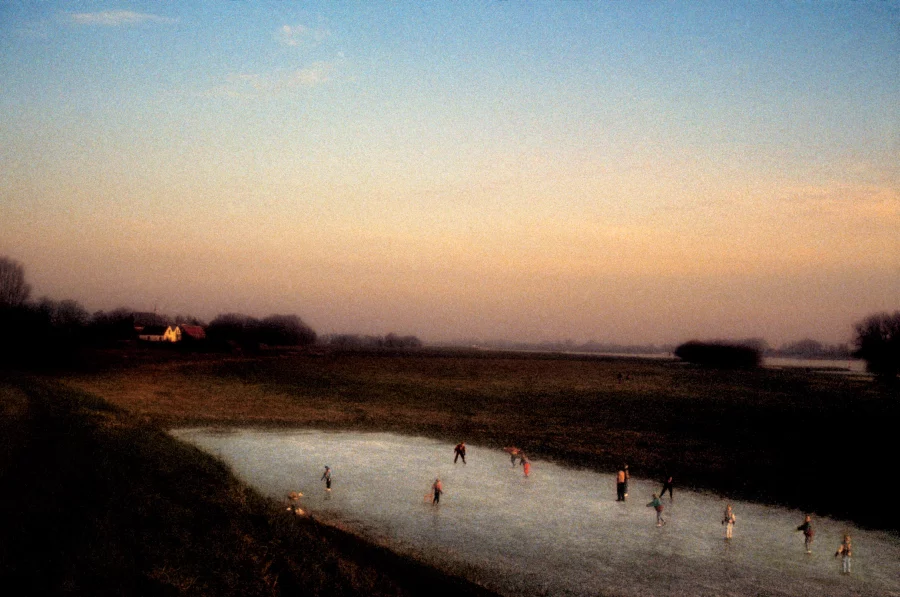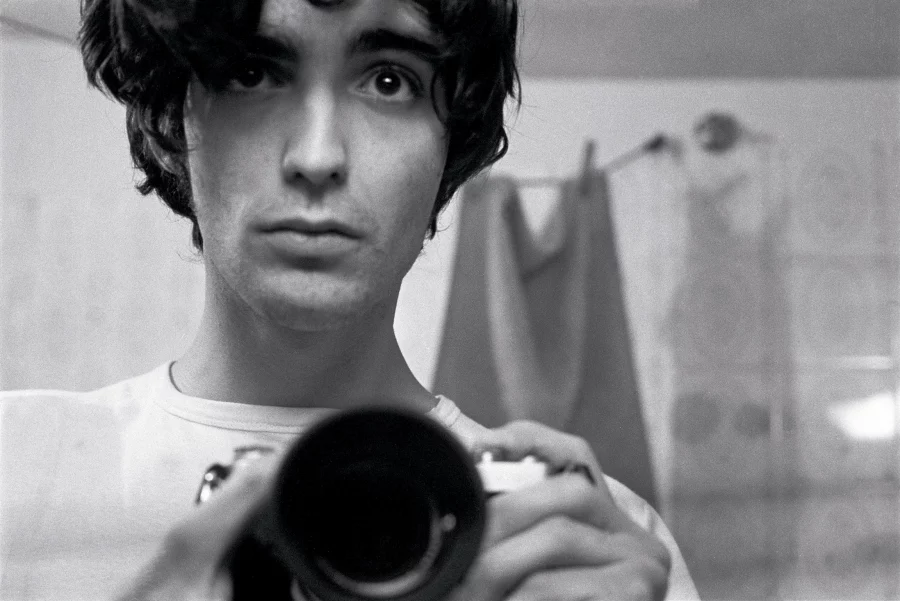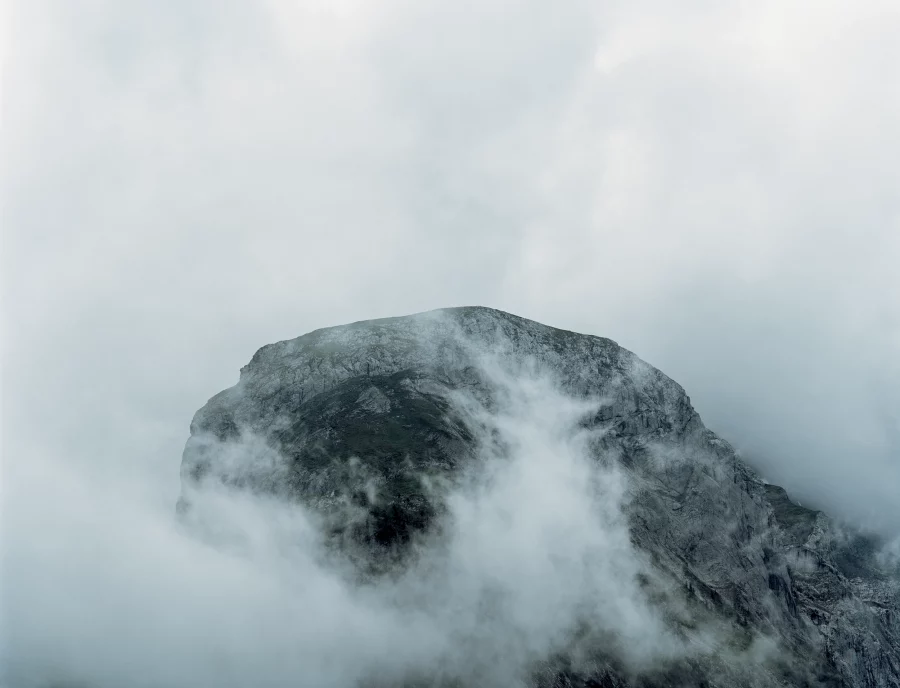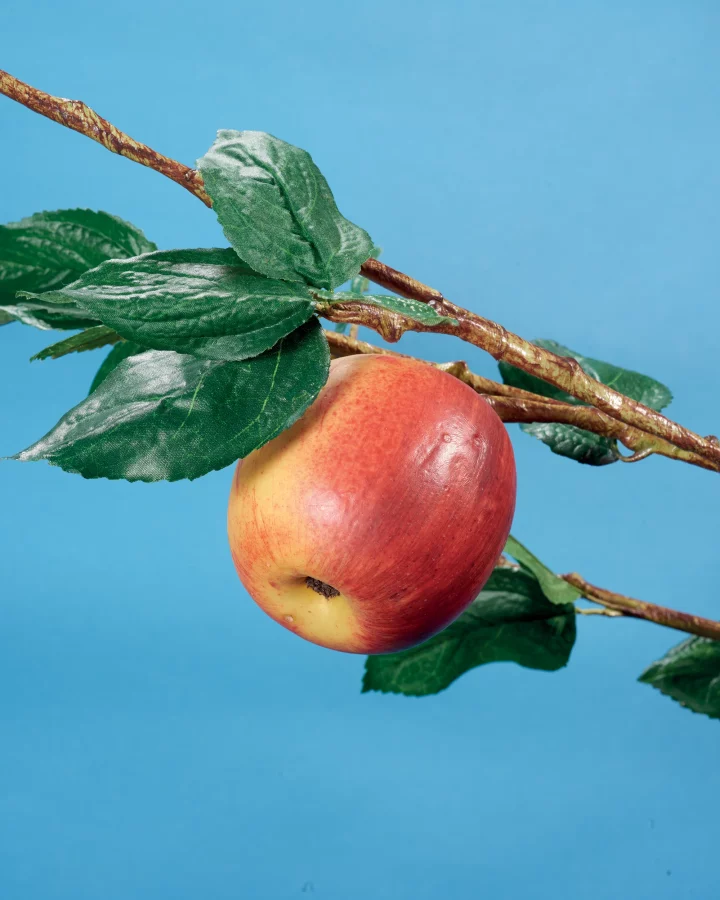Un atlas del vacío y lo extremo
The World’s Edge – El proyecto de la Cuenca Atlántica
The World’s Edge Project es, como sugiere Allan Harkness en su ensayo Sojourns in the Archive: Photographs of the Atlantic Basin: “un proyecto de mapeo indexado, un archivo testimonial… Es una versión low-tech de una exploración del espacio exterior individual, un proyecto científico para enviar datos a nuestro futuro: sin embargo, en lugar de datos hay una experiencia oscura y enigmática del borde, del final, del límite. Se trata del lugar y de la memoria, de la identidad histórica y de los deseos y miedos contemporáneos –y finalmente del silencio y de la lentitud”.
Este proyecto aprovecha lo geográfico, lo histórico y lo psicológico de la experiencia visual colectiva de “mapear fotográficamente” las extremidades terrestres y continentales de la Cuenca del Atlántico al revisar y comentar visualmente la “condición” del mar que las rodea. Buscar la ubicación, una actividad instintiva, no nos dice nada de inmediato sobre el espacio o lugar en particular. Mis fotografías están hechas en lugares generalmente reconocibles como espacios marítimos. Siempre son diferentes, pero este aspecto no es rápidamente inidentificable o reconocible, al igual que las huellas dactilares. Estos espacios pictóricos podrían ser cualquier lugar o estar en todas partes.
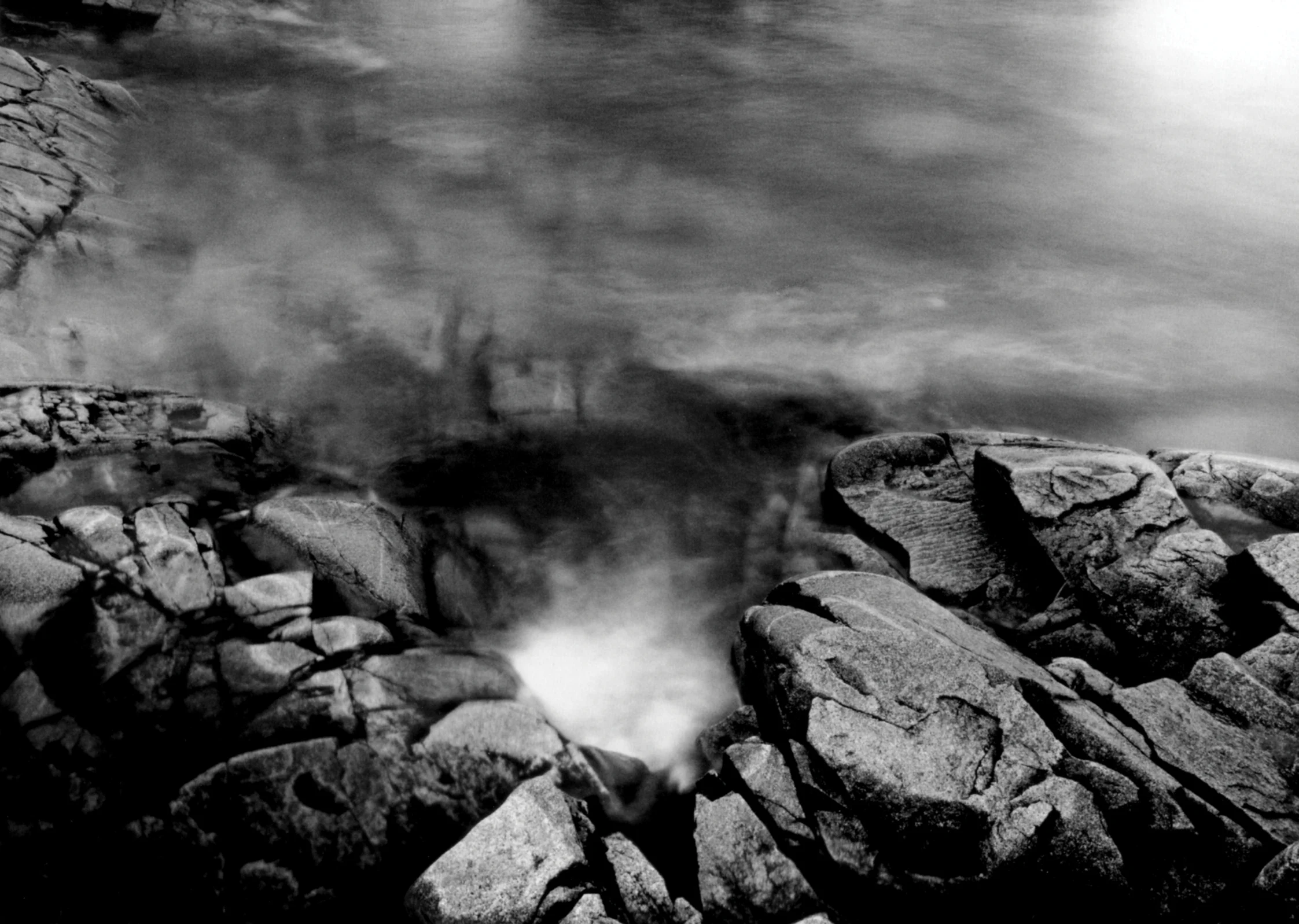
Al rodear los bordes extremos de toda la Cuenca del Atlántico, ocurre un reconocimiento físico de los recursos y del alcance del legado cultural occidental.…
Este artículo es para suscriptores de ARCHIVO
Suscríbete




